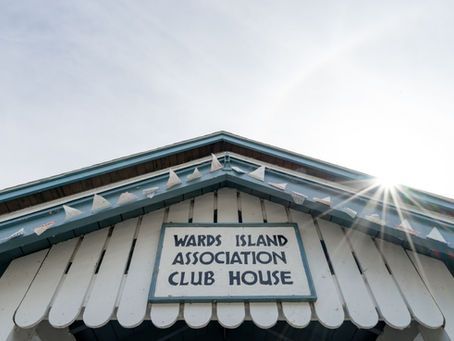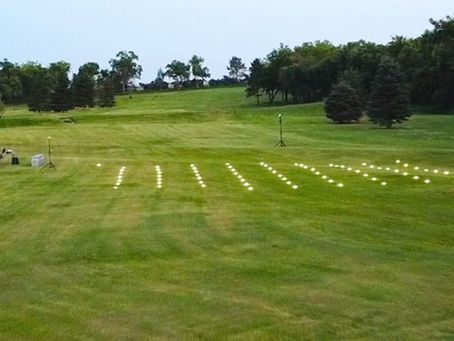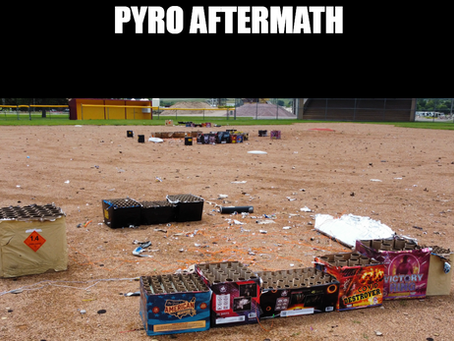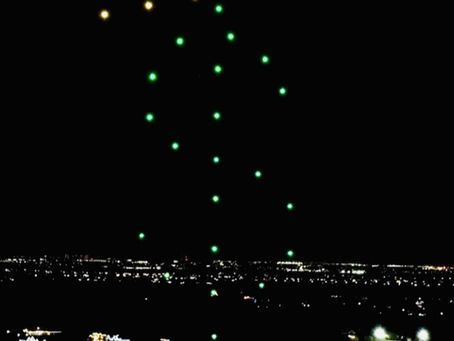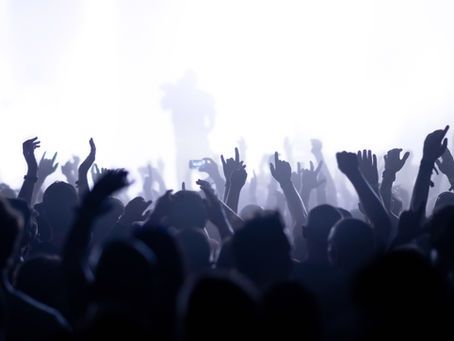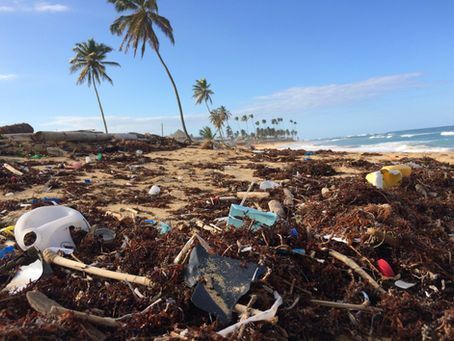What it Takes to Execute a Flawless Drone Light Show
While it may appear simple to deploy a large amount of light show drones, several things need to happen for a drone show to take place and leave stakeholders satisfied. This post is our no-fluff explanation of the steps required to pull it off.
First, a prospective client provides a date and location for the proposed spectacle. Drone Show Guys quickly checks to see if that date is already booked. If the date is available, the next question is, is it legally possible? There are many local, state, and federal regulations that Drone Show Guys abides by. Let's start with the national level. A waiver from 14 CFR § 107.35 is required to fly more than one drone at a time. Part of the waiver terms require us to use a buffer zone, an area on the ground surrounding the show free of non-participating personnel. The buffer is a horizontal area proportional to the height that the drones will be flying. The amount of space available may affect the size of the show in terms of flight altitude and the number of drones that can participate. While reviewing the proposed site, Drone Show Guys also looks into any airspace restrictions. Airspace classes vary across the USA depending on many factors, the main factor being the presence of airports in the proposed location's vicinity. It's possible that the FAA will not allow a show to take place at all or limit the height that the drones can fly. When there are no specific airspace restrictions, light show drones can fly up to 400ft (120m) above ground level.
If everything checks out on the federal level, drone show guys check for state and local regulations. There are occasionally "No Drone Zones," areas where municipalities don't want folks flying. If a no-drone zone comes up, Drone Show Guys will seek a waiver from the local authority. The final check for Drone Show Guys is to ensure that our insurance will cover any unlikely event of damage to property in the proposed location.
Once all the permissions are sorted out and the client has committed to moving forward, we begin to discuss the show itself. While a light show can be created relatively quickly, within a week or two, depending on the complexity, Drone Show Guys asks the client to anticipate changes to the design and budget time for those changes. Revisions of the show are rendered to the client for informed decision-making by the stakeholders. Designing a drone show is similar to developing any digital artwork; there are usually many changes before reaching the final product.
When everyone is satisfied with the show, Drone Show Guys delves into simulations, flight planning, and training personnel. Since there may be hundreds of drones in the air at once, there is a need to maintain the highest safety level. Safety is ensured in many ways, one of them being simulation to verify that the drones have safe flight paths with respect to each other. Another safety mechanism is training our operators to be familiar with the particular show to plan how best to execute the performance. A few of the questions that our operators answer are; how many operators will be required, where the operators will be positioned, how the operators will communicate, what obstacles are present, and whether there is radio interference. The list goes on. Suppose local authorities need to be involved in monitoring the buffer area and supporting the show's execution. In that case, Drone Show Guys will coordinate to have their support during the show.
The plan is in place; the hard work is done. Now, having anticipated as much as possible, Drone Show Guys arrives at the scene hours before showtime. Operators deploy the drones on the field, guard the buffer zone and interface with authorities. It only takes between 1.5 and 2.5 hours to set up a 100 drone show. When the client gives the go-ahead, the drones perform, and the crowd stands in awe.
